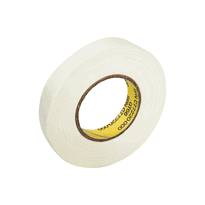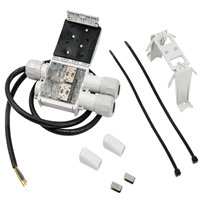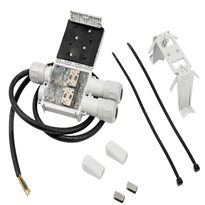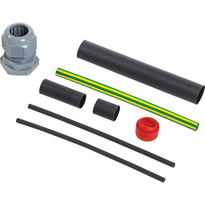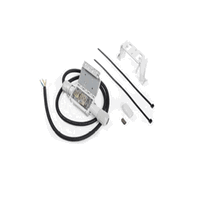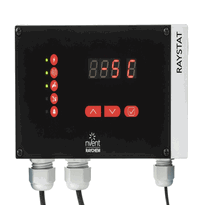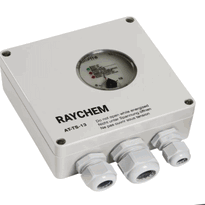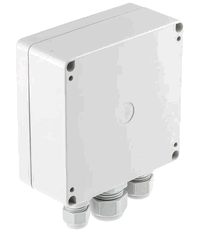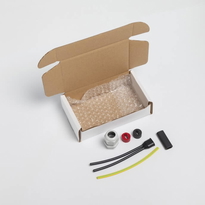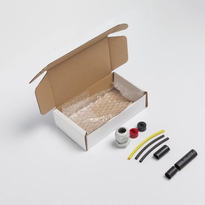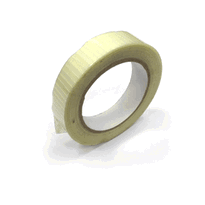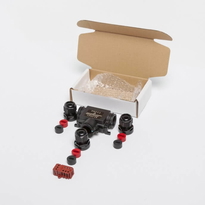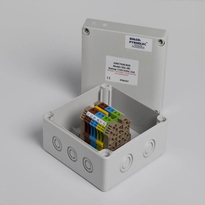Wrap on Pipe Heating Cable
Wrap-on pipe heating cables are designed to prevent freezing and maintain optimal pipe temperatures by automatically regulating heat output or providing a constant wattage. Selecting the appropriate cable involves choosing between self-regulating options or fixed power variants, depending on the complexity of the piping system and environmental conditions.
Proper installation is essential for safe and efficient operation. This includes removing any debris from the pipe surface, ensuring secure and correct connections, and adhering strictly to safety standards and manufacturer instructions. Adequate insulation around the pipes can further enhance energy efficiency and help prolong the lifespan of the heating system.
Regular inspection and maintenance are vital for maintaining peak performance. Following safety protocols throughout installation and operation not only ensures long-term safety but also maximizes system efficiency, safeguarding both assets and personnel. Detailed guidance on these procedures supports safe and effective use of wrap-on pipe heating cables across various applications.
Choosing the Right Heating Cable for Your Pipe
When selecting a heating cable for pipe freeze protection or process heating, it's vital to consider multiple factors that influence performance, safety, and cost-effectiveness.
Constant wattage cables deliver a fixed power output per meter and require a thermostat or controller to regulate the temperature. These are most suitable for long, straight pipe runs where uniform heating is desired. Their simplicity and predictable performance make them a popular choice for straightforward applications.
In contrast, self-regulating cables adjust their heat output according to the ambient temperature surrounding the pipe. This ability reduces energy consumption and prevents overheating, enhancing safety and operational efficiency. Self-regulating cables automatically modify their power output based on temperature. They are also designed with multilayer foil insulation for effective radiant heat reflection, further improving energy efficiency.
Self-regulating cables are more adaptable and flexible, allowing overlaps and installation around complex pipe geometries without developing hot spots. This characteristic makes them ideal for applications such as fire suppression piping or roof de-icing.
Although self-regulating cables generally have a higher initial cost, their lower long-term operational expenses and inherent safety features often justify the investment.
When choosing the appropriate heating cable, it's essential to assess the specific application requirements, installation environment, and budget constraints to ensure optimal performance and safety.
Proper Installation Techniques to Ensure Safety and Efficiency
Proper installation of pipe heating cables begins with thorough preparation of the work area and the pipe surface to prevent future safety hazards and ensure optimal performance.
First, remove any old heat tape, dirt, sharp edges, or combustible materials from the pipe to prevent damage or fire risks. Removing debris and hazards minimizes fire risk and ensures smooth installation. Second, verify that a grounded electrical socket with RCD (Residual Current Device) protection is nearby, and check that the circuit capacity is sufficient to avoid overloads. Third, ensure ambient temperatures are above -10°C, as cold conditions can cause cables to become rigid and more vulnerable to damage. Fourth, uncoil and briefly warm the cable before wrapping to improve its flexibility. Additionally, using reliable grounding and connection practices helps maintain safe operation and compliance with safety standards. These steps promote safe handling, consistent heat transfer, and reliable operation, creating a solid foundation for the effective deployment of your pipe heating system.
Enhancing Heat Retention With Insulation Materials
Choosing the appropriate insulation materials is crucial for maximizing heat retention when installing pipe heating cables.
Different materials offer specific advantages suited to various applications. For example, fiberglass and mineral wool provide high thermal resistance and durability, making them ideal for high-temperature systems.
Polyisocyanurate foam offers excellent thermal efficiency and fire resistance, maintaining performance at elevated temperatures. Its fire-resistant properties contribute to safer installations in occupied or industrial settings.
Polyurethane foam delivers superior moisture resistance, making it suitable for chilled or refrigerated piping.
Foam insulation, such as polyethylene or foam sleeves, is lightweight, flexible, and adaptable to different pipe sizes. This ensures continuous contact with the pipe surface, minimizing heat loss.
Rubber and silicone insulations can withstand extreme temperatures and resist moisture ingress, thereby enhancing durability and safety.
The selection of the most suitable material depends on various factors, including temperature requirements, environmental conditions, and the need for moisture protection.
Proper choice not only optimizes energy efficiency but also extends the lifespan of piping systems, providing reliable and long-term performance. Material properties are an essential consideration in this process to ensure optimal insulation performance.
Safety Guidelines and Maintenance Tips for Long-lasting Performance
Regular inspection and maintenance of pipe heating cables are essential to ensure safety and prevent fire hazards, as faulty equipment can lead to serious consequences.
1. Conduct annual inspections, ideally before the winter season, checking for cracked or charred insulation, exposed wires, or any physical damage that could ignite a fire.
2. Replace damaged or worn heat tapes promptly to reduce the risk of domestic fires, which are often caused by faulty cables.
3. Examine connections, plugs, and cable contamination to prevent electrical arcs and ensure their integrity. This helps maintain safe and reliable operation.
4. Verify the use of correctly rated heat tape for pipe size and length, as improper fitting can cause overheating or failure. Proper installation practices are crucial for safety and efficiency.
Always unplug cables during inspections and repairs, follow manufacturer instructions carefully, and adhere to electrical safety practices. Proper installation and regular monitoring are crucial for preventing electrical faults and ensuring system safety. This diligence will help maintain peak performance and prevent accidents, ensuring the safety of your property and household.
Conclusion
Properly selecting, installing, and maintaining pipe heating cables is essential for ensuring reliable performance and safety. Choosing the correct type of heating cable suited to your specific piping system prevents malfunctions and maximises efficiency. When installing, careful adherence to manufacturer instructions and safety guidelines helps maintain system integrity and operator safety. Regular inspections and maintenance, including checking for any signs of wear or damage, extend the lifespan of the heating system and help prevent potential hazards.
Using appropriate insulation materials around the piping and heating cables improves heat retention, which reduces energy consumption and enhances overall efficiency. Proper insulation not only conserves energy but also protects the system from external environmental factors. Following these practical, step-by-step procedures ensures consistent operation, minimizes risks, and sustains the system’s effectiveness over time.
Accurate application of these principles guarantees effective, long-term heat management for piping systems. By implementing best practices in selection, installation, insulation, and ongoing maintenance, users can achieve safe, efficient, and durable pipe heating solutions suited to UK conditions.








